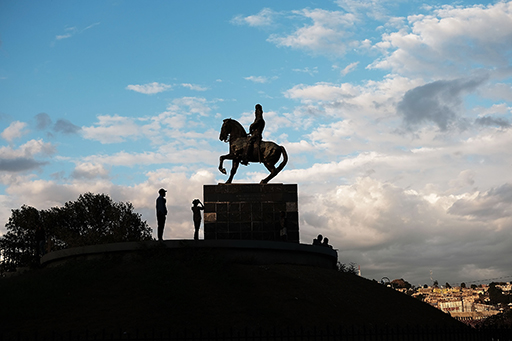3 The great slave rebellion of 1791

The conflicts between different groups of white and mixed-race settlers in Saint-Domingue were not primarily about the question of slavery. Yet they formed the background to the great slave rebellion which swept the Northern Plain – the richest part of the colony – on 22 August 1791. The anti-slavery uprising spread rapidly, destroying hundreds of sugar and coffee plantations. Many white colonists were killed, while others fled to the towns. The rebels were at first only around 1,000 strong, but by the end of September they numbered between 10,000 and 20,000 and were well armed and organised (Dubois and Garrigus, 2006, pp. 24–5).
